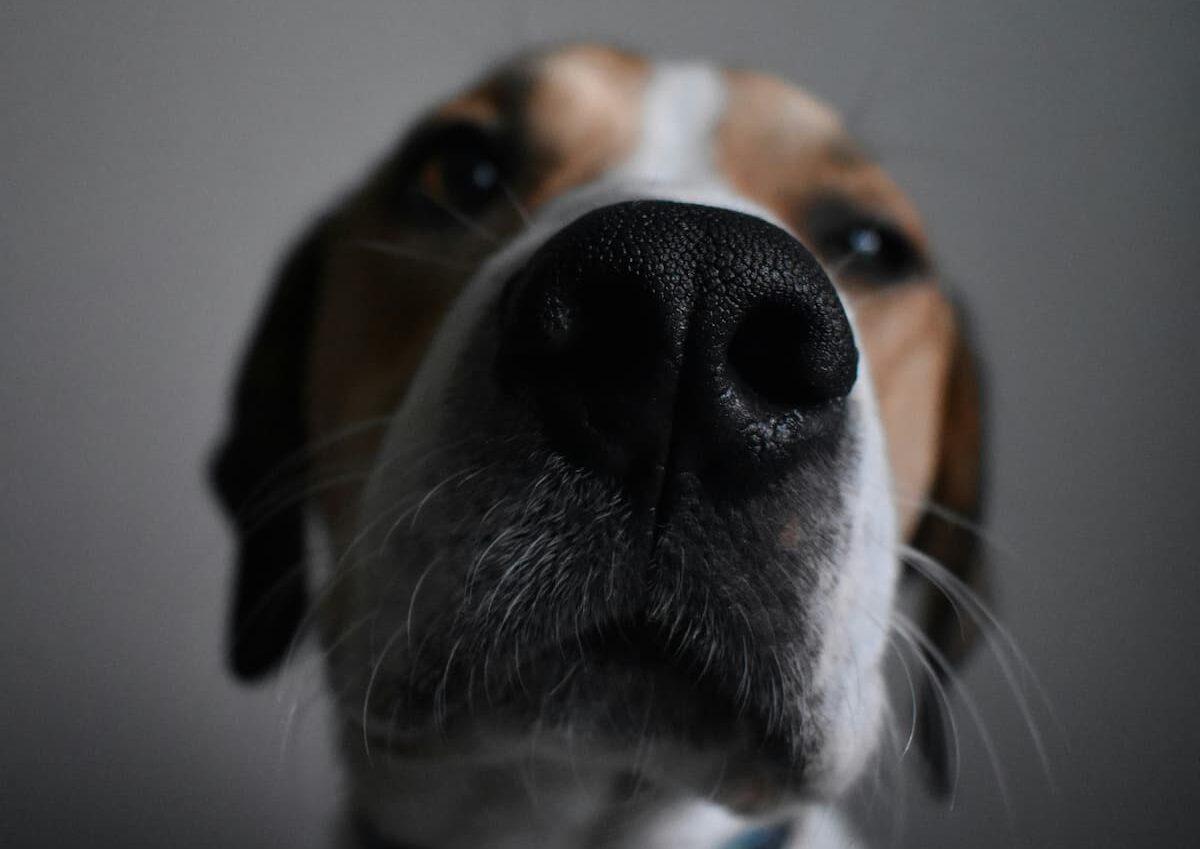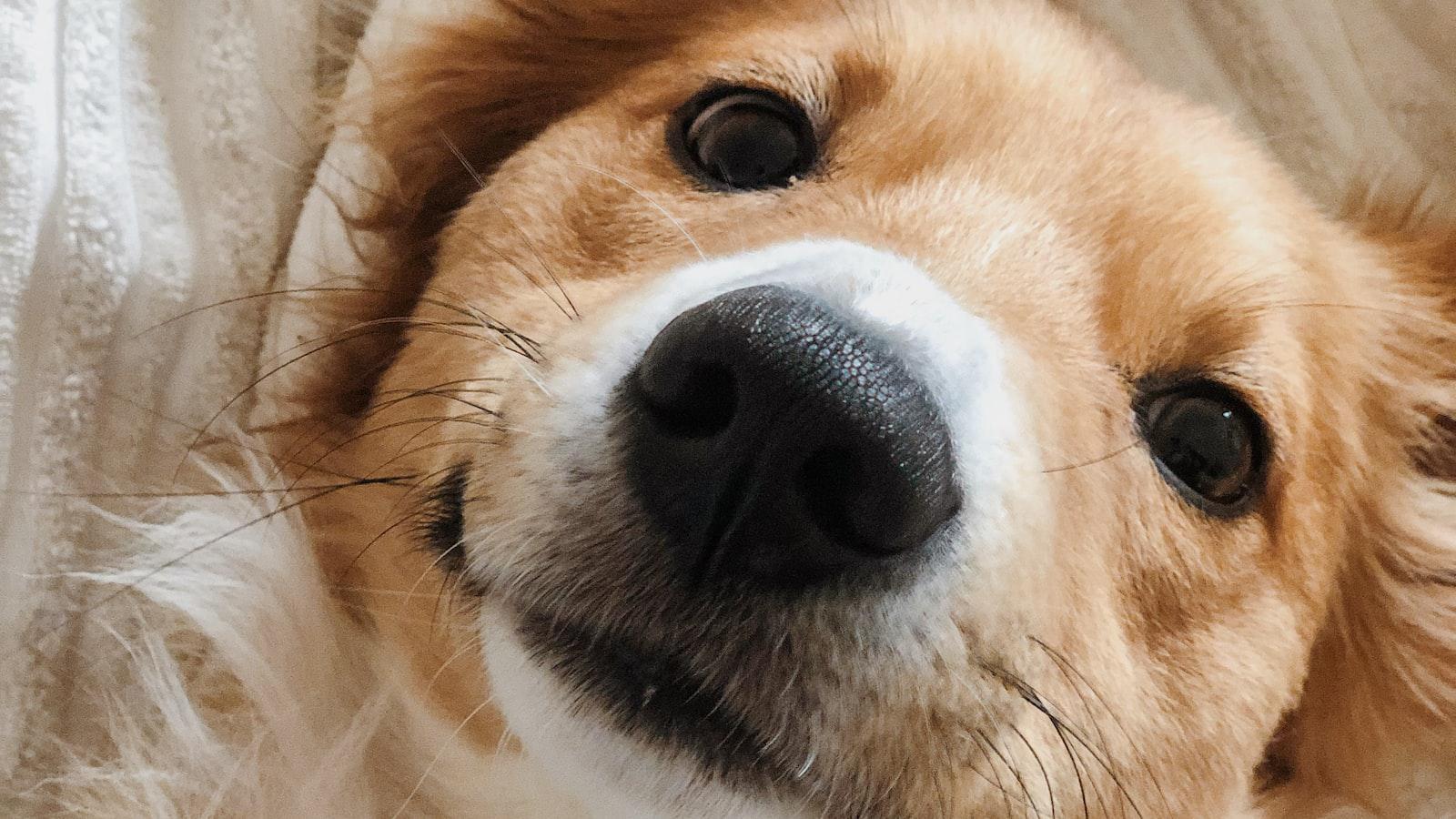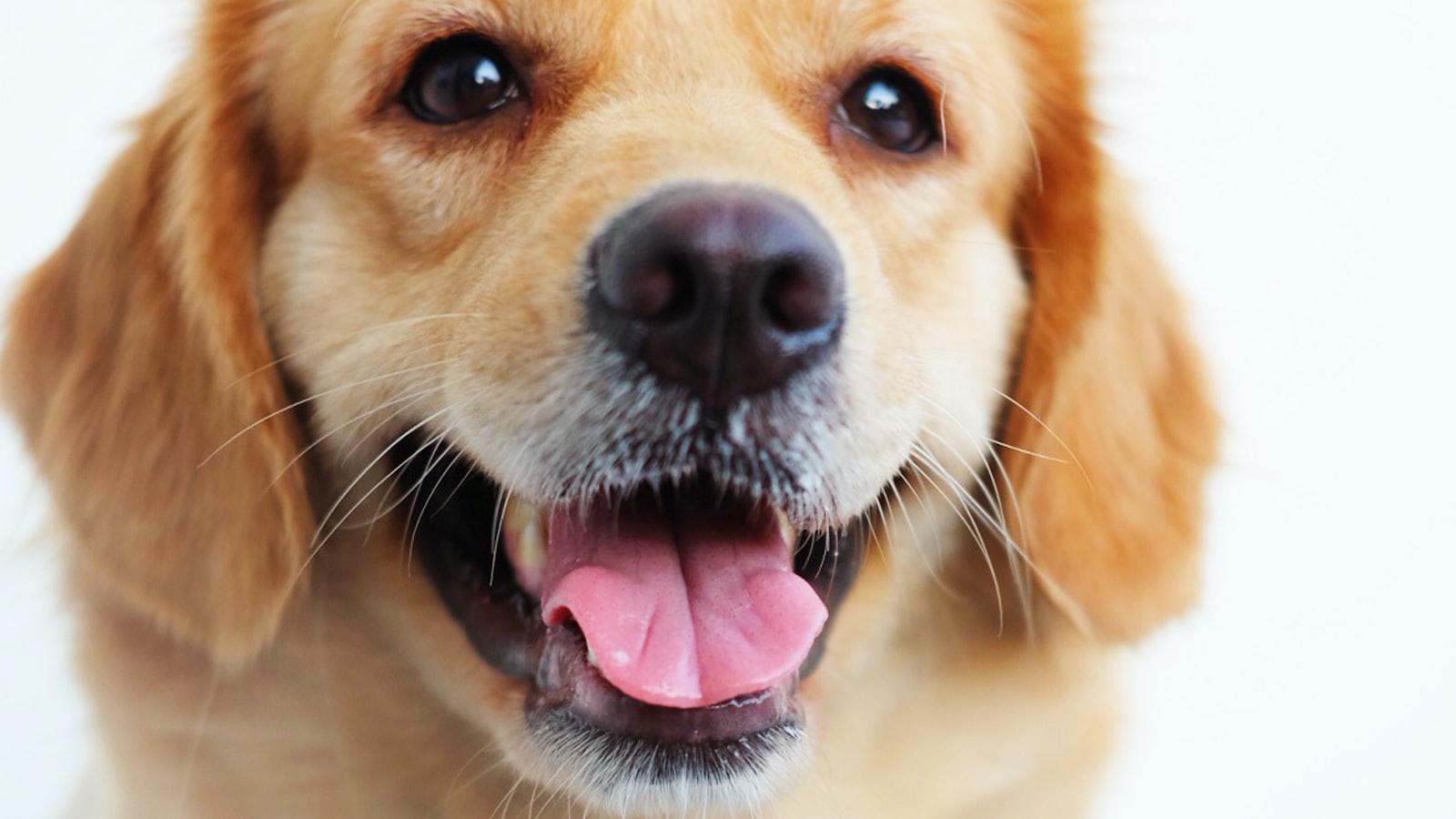Have you ever wondered why dogs have that adorable little line on their nose?
You know the one I’m talking about, it’s that distinct crease that seems to add even more character to our furry friends’ snouts.
It may seem like a simple characteristic, but that line actually serves an important purpose.
Read on to find out what these purposes are.
Understanding the Function of a Dog’s Nose Line
The line on a dog’s nose is technically called the “nasal planum or philtrum”.
Similar to our fingerprints, the nasal planum is unique to each dog and can vary in length, shape, and depth.
Some dogs have smooth and moist nasal planums, while others may have a rough or dry texture.
But what exactly does it do?
Well, this seemingly simple groove actually helps dogs immensely when it comes to sniffing out clues and detecting scents. Here’s how:
1. Capturing and channeling scent: The nasal planum acts as a specialized groove that collects and directs scent particles towards the nose.
When a dog sniffs the air, the line on its nose helps capture more scent molecules, allowing for a more focused and intense sniff.
This concentrated scent is then funneled directly into the dog’s nostrils, enhancing their ability to pick up even the faintest odors.
2. Moisture retention: Have you ever noticed that your dog’s nose is often wet?
Well, that’s not just because they’ve been licking it!
The nasal planum helps retain moisture on the nose, keeping it moist and improving a dog’s scenting abilities.
This moisture acts as a sticky trap for odor molecules, making it easier for dogs to determine and follow scent trails.
3. Sensing changes in airflow: The unique design of thenasal planum also allows dogs to detect changes in airflow while sniffing.
The line helps guide the air in a specific direction, providing dogs with valuable information about the location and proximity of the scent source.
This helps them navigate complex scent environments and pinpoint exactly where a smell is coming from.
Tips to Keep Your Dog’s Nose Healthy and Hydrated
Now that you know what the line on your dog’s nose does, it is important that you keep your dog’s nose healthy hydrated so that it can function properly.
To make sure your dog’s nose stays healthy and hydrated, here are a few simple tips you can use:
1. Keep them well-hydrated: Just like humans, dogs need plenty of water to stay hydrated.
Make sure your pup always has access to fresh water, especially during hot weather or physical activity.
2. Provide a balanced diet: Proper nutrition is key to maintaining overall health, including their nose.
Look for dog food that contains high-quality ingredients and essential nutrients like omega-3 fatty acids, which can promote healthy skin and a shiny coat.
3. Avoid harsh chemicals: Some household cleaning products or pesticides can irritate your dog’s nose.
Opt for pet-friendly alternatives and always make sure to read the labels before using any products around your furry companion.
Remember, a healthy nose means a happy dog.
By following these tips, you can ensure that your canine companion’s nose stays in top shape, allowing them to continue exploring the world with their incredible sense of smell.
So next time you admire that line on their nose, you’ll know just how important and fascinating it truly is.
FAQ
Q: So, what’s the story behind the line on a dog’s nose?
A: Well, the line on a dog’s nose is officially called the “nasal planum or philtrum,” but we’ll stick with “line” for now.
It might surprise you to learn that this line is present in many mammals, not just dogs.
It’s an evolutionary trait that serves a vital purpose.
Q: Interesting!
But what exactly does this line do for dogs?
A: The primary role of the line on a dog’s nose is to enhance their sense of smell.
Dogs are gifted with incredibly acute olfactory abilities, and this line, along with other specific adaptations, plays a crucial part in their scent detection prowess.
Q: How does the line contribute to a dog’s sense of smell?
A: Great question!
The line isn’t just a random mark; it contains a cluster of highly sensitive scent glands called “Jacobson’s organs.”
These glands play a key role in helping dogs analyze smells more effectively.
When a dog encounters an interesting scent, they often lick their nose.
This action collects tiny molecules from the air, which are then transferred to the Jacobson’s organs, where the magic happens!
Q: Magic, you say?
Tell me more!
A: Absolutely!
Once the molecules reach the Jacobson’s organs via the line on their nose, the dog can fully process and interpret the scent.
This additional olfactory information helps dogs gather a more detailed profile of the smell, allowing them to identify its source, determine if it’s familiar, or even gain insights into the emotions of other dogs or animals.
Q: That’s fascinating!
Is the line equally present in all dog breeds?
A: Yes, indeed!
The line on a dog’s nose can be found in all breeds, regardless of their shape or size.
Whether you have a majestic St. Bernard or a tiny Chihuahua, they will both sport this characteristic line.
It’s one of those cool features that unifies all dogs and reminds us of their incredible abilities.
Q: Can we appreciate the beauty of the line on a dog’s nose without understanding its purpose?
A: Absolutely!
Even if we didn’t know about the line’s role in enhancing a dog’s sense of smell, we can still appreciate it as a beautiful and unique trait in our furry companions.
It’s just one of the many features that make dogs so endearing and distinct from other animals.
Q: Are there any other fun facts about line on dog’s nose?
A: Oh, absolutely!
Here’s a bonus tidbit: the wetness of a dog’s nose helps them capture more scent particles from the air.
Dogs produce a thin layer of mucus on their nose, which acts as a sticky trap for odors.
So, the next time you see a dog with a damp sniffer, you can thank their clever biology for their extra scent-sniffing abilities!
Now you know why dogs have that mysterious line on their nose.
It’s yet another marvel of nature that makes these lovable creatures even more extraordinary.
So next time you give your furry friend a little pat on the nose, you can appreciate the wonders hidden beneath that adorable line!
Wrapping Up
So, the next time you find yourself petting a dog, take a moment to appreciate that unique line on their nose.
It’s not just a random feature, but a vital part of their sensory system.
Whether they’re tracking scents, investigating the world around them, or simply enjoying a good sniff, that little line plays a significant role in their doggy adventures.
Remember, our furry friends bring so much joy and companionship into our lives, and understanding these little details only deepens our connection with them.
So, go on, give your dog a pat on the head, and maybe even a gentle boop on the nose.
After all, that adorable line is a reminder of the incredible bond we share with these incredible creatures.












